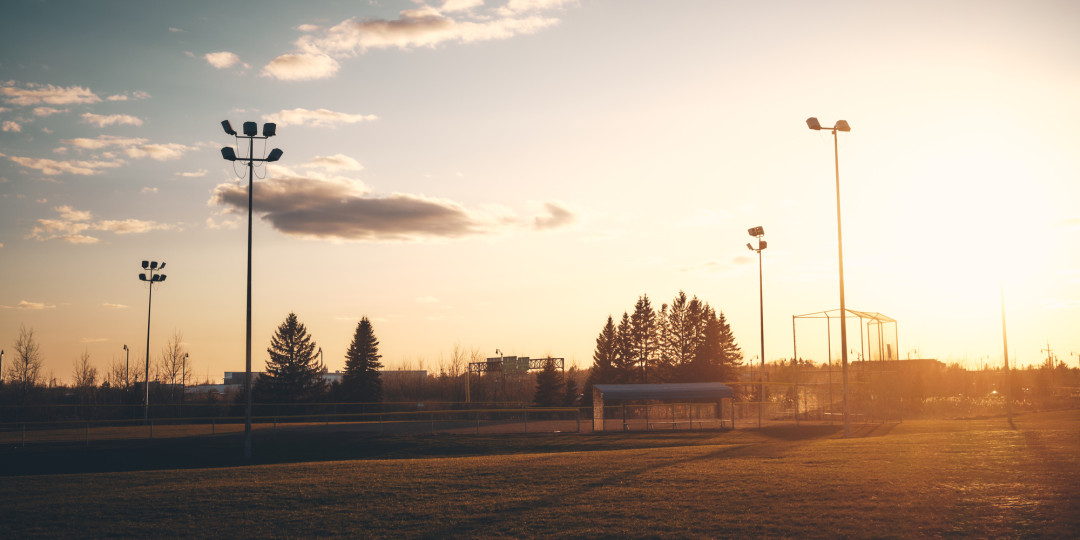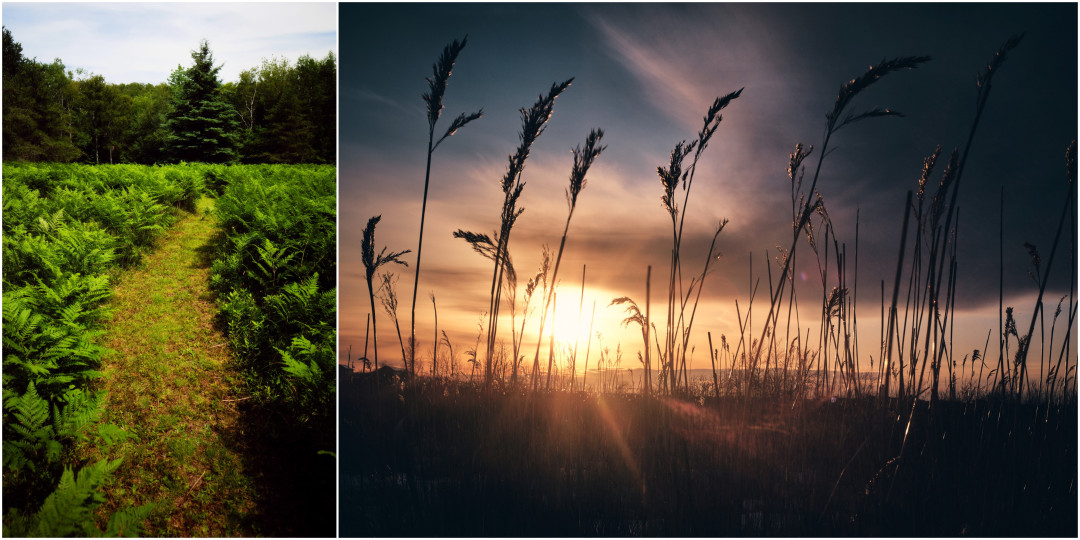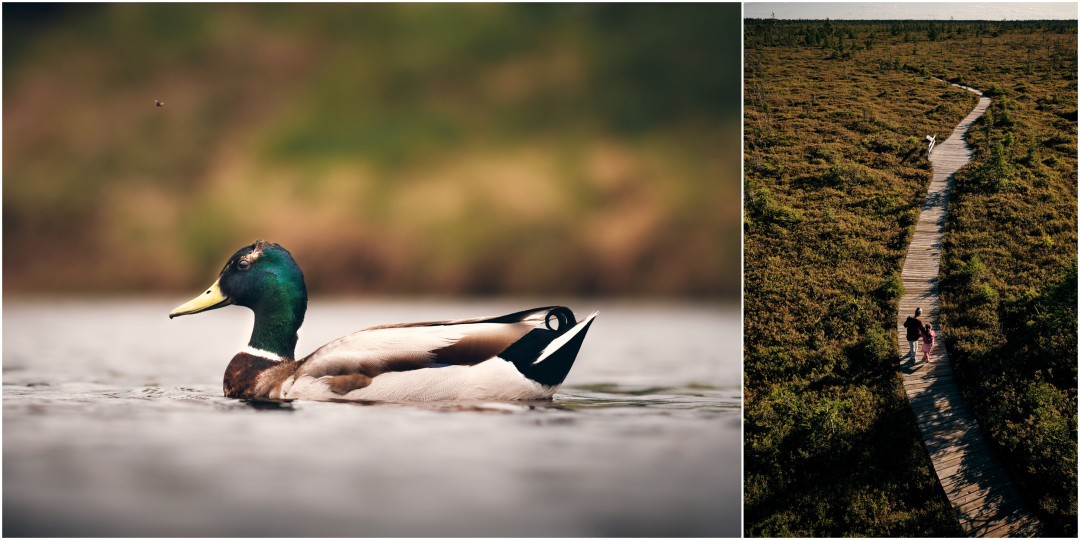In my last post, I shared a fantastic morning in nature and how I was fortunate to see a beautiful misty scene by the Irishtown Nature Park's lake. Today, I want to share a few tips on how to capture stunning landscape photos. This list is far from exhaustive, but it is excellent for starters.
Landscape photography is more than just capturing beautiful images. It's also a way for the photographer (a.k.a. You) to connect with nature, find peace within yourself, and disconnect from our busy lives.
Tip #1 - Enjoy
My Tip #1 is to enjoy your time in nature. Do not stress over finding the perfect image, the perfect light, or the perfect subject. Sometimes, animals are shy, and sometimes, the sun is shy. Just be there, observe your surroundings, and relax.
Tip #2: pay attention to the lighting.
In landscape photography, light often makes the biggest difference in a photo's beauty. It can add warmth to a scene and interesting shadows and contrast. Sunsets and sunrises are often the best times for landscape photography because of the warmth of the light and the long shadows cast by the sun just peaking over the horizon. But it can be more challenging for beginner photographers or your camera's automatic settings to capture the beautiful light as you see it.

(Not necessarily a landscape photo but I found this one to be a perfect example how light can change what would normally be a very ordinary scene)
Tip #3: pay attention to composition.
The way you photograph the scene can have a significant impact on the overall image. Make sure your horizon line is straight. Placing interesting elements off-center often creates more pleasing photos. Adding foreground elements near your camera, like flowers, a tree, or a large rock, can add depth to your image. Look for leading lines, a path, a fence, or a river that leads the eye into your scene.

(On the left, the path help guide your eye throught the image to the tall tree. On the right, the sun is off center making the image more impactful, it also adds the reeds in the foreground)
Tip #4: experiment with different perspectives.
Sometimes, getting lower to the ground can add a nice perspective to your image. This is often used for waterfalls, where you get closer to the water to add a nice foreground to the waterfall. Getting higher up can also give a different perspective than you'd expect, creating unique images.

(On the left, the higher perspective creates a different point of view, also note the leading lines created by the path. Adding people in your landscape can also give a focal point or give a sense of scale in your landscape. On the right, lowering your camera can create very interesting point of view.)
Tip #5: be patient and be prepared.
Be patient; as explained in Tip #1, nature does its own thing. The weather might not cooperate, and wildlife can be shy sometimes. Also, if it's a place you often return to, there's always going to be another day, but on the other hand, sometimes, on vacations, you only have one shot, and you want to come home with lovely photos. In that case, be patient and keep observing your surroundings. Nature is full of marvels, and with a keen eye, you're bound to see something wonderful. Since the weather is only sometimes cooperating, always be prepared. I'm not going to go over details, but make sure to bring warm clothes, bug spray, sunscreen, a hat, etc.
CONCLUSION
Take these five tips with you next time you go in nature with your camera. I encourage you to take your time and look at things with child-like interest. Nature is full of beauty.
Let me know in the comments if any tips resonated with you or if you have tips you'd like to share with me and others. I could expand on these tips in the future.
Thanks for reading; now get out there and take incredible photos.